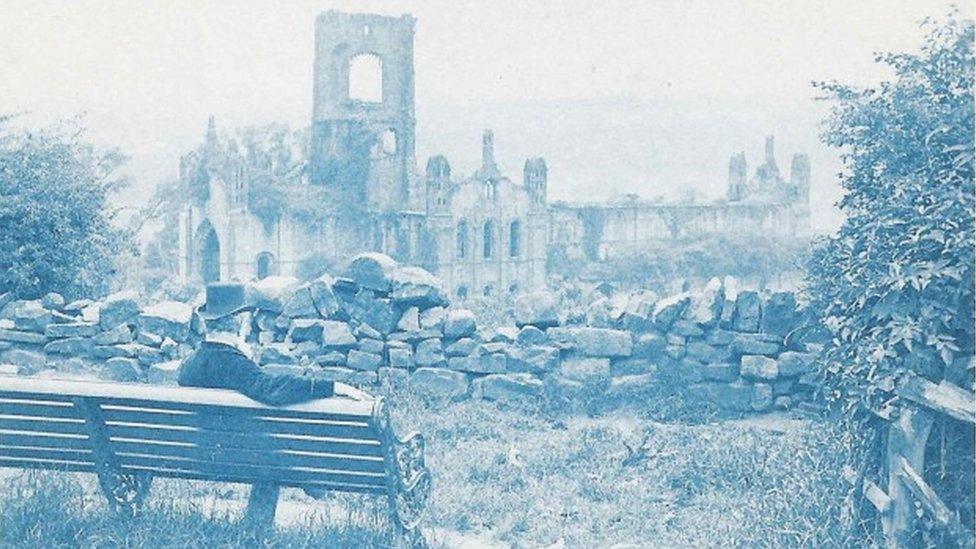Great-grandson travels 10,000 miles to Leeds to see 160-year-old model
- Published
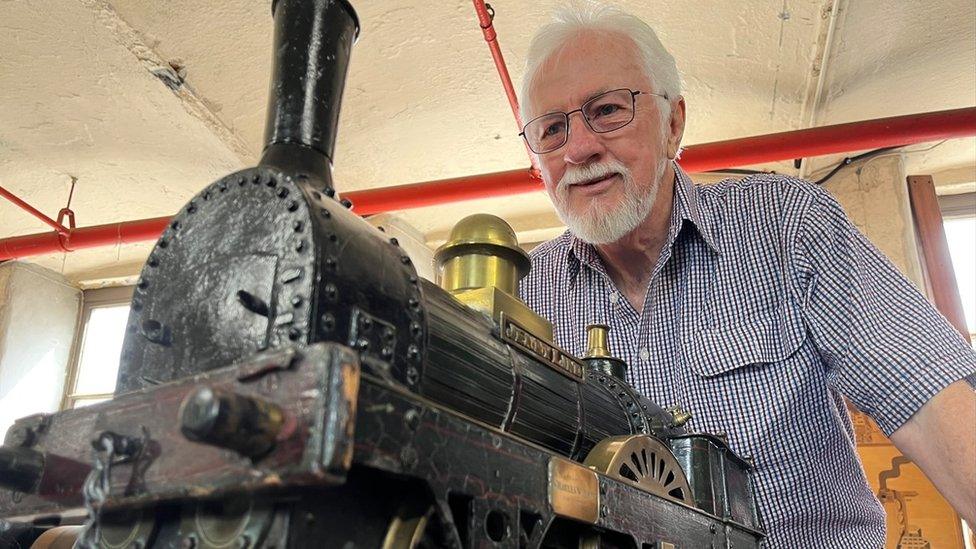
Rod Wilson said the model locomotive was an important part of his family's history
The great-grandson of a model maker has travelled from Australia to Leeds to see a 160-year-old model steam locomotive made by his forebear.
The model of the Jenny Lind, named after a 19th Century opera singer, was crafted in Leeds in around 1849 by local train driver Charles Wilson.
Rod Wilson travelled 10,000 miles from Caboolture, near Brisbane, to see the model in person for the first time.
He said it was an important part "of my family's history".
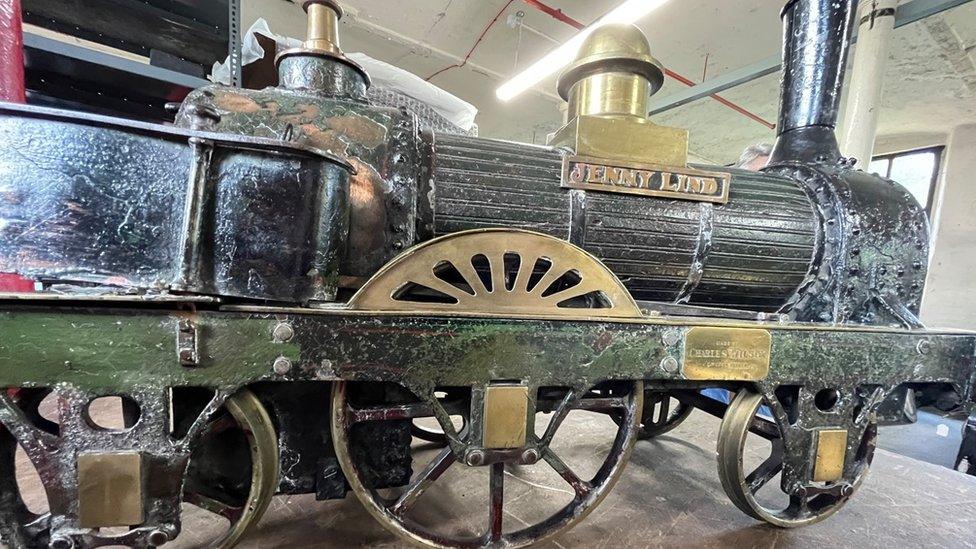
The model has been part of the collection of model locomotives at Leeds Industrial Museum since at least the 1970s
Once a fully working miniature steam train, the model, which is part of the collection of model locomotives at Leeds Industrial Museum, features a tiny coal-fired boiler, which still has remnants of the coal inside that was used to power it.
It is a replica of the full-sized Jenny Lind, the first of a class of over 70 steam locomotives built from 1847 by E. B. Wilson and Company of Leeds, the museum said.
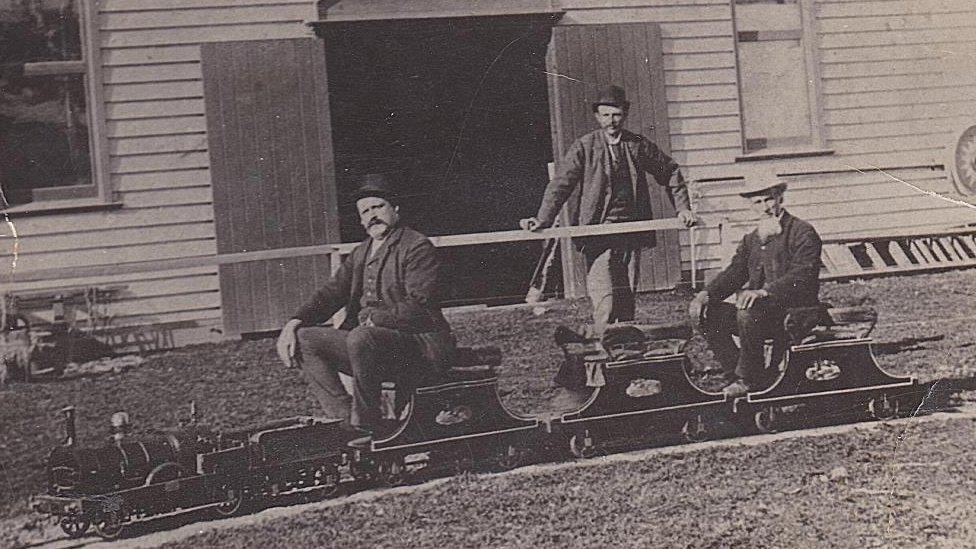
Charles Wilson and his two sons pictured with a model locomotive at the Bendigo Easter Fair in Australia in 1895
Mr Wilson's trip came after "a chance discovery" while researching his family history, when he spotted a photo of the model in a blog written by the museum's industrial history curator John McGoldrick.
He realised the model closely matched a similar model in an old family photograph, which showed a smartly dressed Charles and his two sons riding it along a set of miniature tracks at the Bendigo Easter Fair in 1895.
"It's actually very emotional seeing it for the first time - this is a part of my family's history," he said.
"My aunt originally told me about Charles and showed me the photo of him and his sons, and it was only when I started researching his life that I realised what a fascinating person he was."
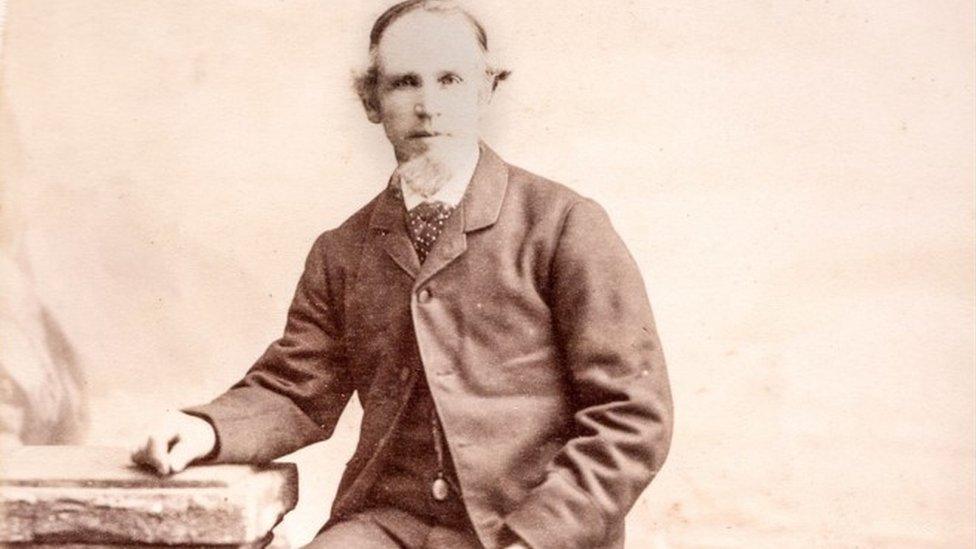
Charles emigrated to Melbourne, Australia, in 1852
Charles, who had lived with his young family in a small terraced house in Holbeck and drove trains for the Leeds and Thirsk Railway, emigrated to Melbourne, Australia, in 1852.
Once there, he worked in a number of highly-skilled engineering roles and continued making models.
After retiring, he moved to Ballarat in Victoria where he died in 1899.

Follow BBC Yorkshire on Facebook, external, Twitter, external and Instagram, external. Send your story ideas to yorkslincs.news@bbc.co.uk, external.
- Published15 May 2023
- Published21 February 2023
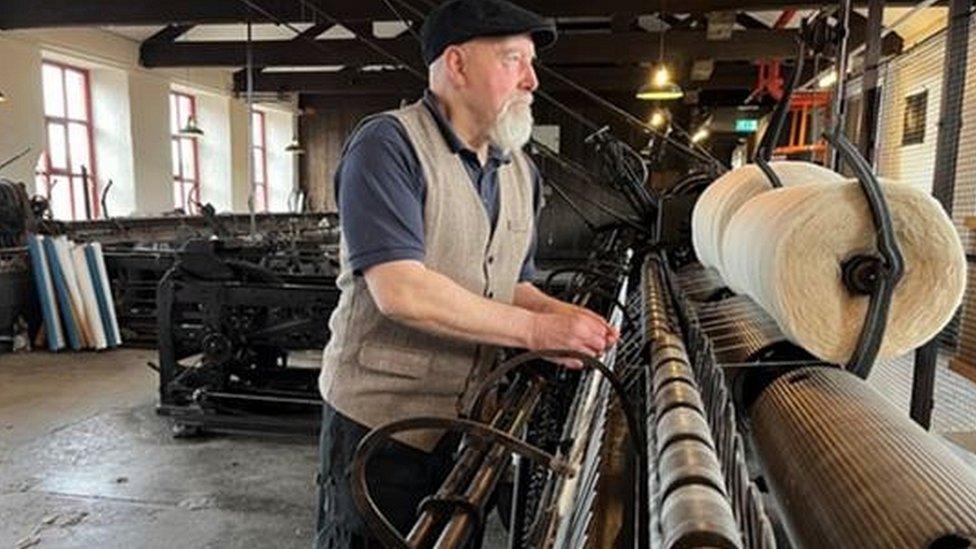
- Published29 October 2019
